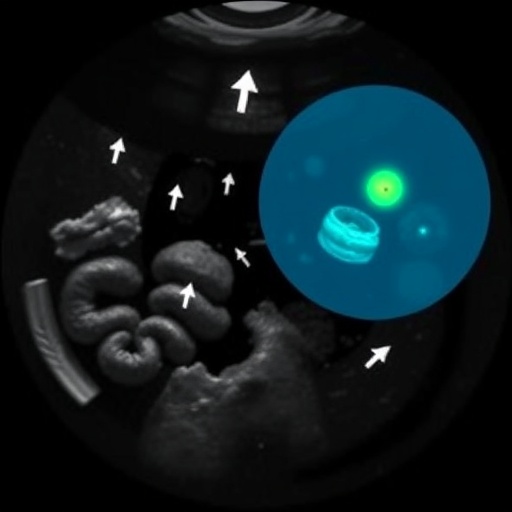Researchers have managed to show how the cells in a plant, a multicellular organism, determine their size and regulate their growth over time. The findings overturn previous theories in the field and are potentially significant for the future of agriculture and forestry — as it reveals more about one of the factors which determine the size of plants and fruits.
"We have looked at how the cells in a multicellular organism regulate their size and this is the first time it has been done. We can show that the mechanism which leads to the maintenance of the cell size over generations is a combination of what has been found in yeast and bacteria", explains Henrik Jönsson, who specialises in computational biology and biological physics at Lund University in Sweden.
Similar studies have previously only been conducted on single cell organisms, such as bacteria and yeast. Now Henrik Jönsson, together with colleagues in the US and UK, has studied the apical meristem of a plant, thale cress (Arabidopsis thaliana). The researchers investigated cell division in this stem cell niche and succeeded in mapping how the cells determine their size and adjust their growth so that cell size is homogeneous over time.
Cells in single-cell systems such as bacteria and yeast do not change size over time. Yeast cells divide when they reach a critical size, whereas bacteria such as E. coli increase by a constant volume between cell divisions. In the latter case, small cells become larger, and large cells relatively smaller in the next generation. This means that the cells end up the same size when considered over several generations.
The researchers have worked on developing a method that follows growth and cell division within the living plant, using what is known as confocal microscopy. New fluorescent markers and a new microscopy protocol have been developed. In addition, new computational algorithms identify, segment and track cells over time.
"This has allowed us to quantify cell size and growth with a higher resolution than anyone managed previously. We have also developed mathematical models for analyzing hypotheses about various rules which could determine cell size", says Henrik Jönsson.
Recently, the researchers showed that the size of the meristem is significant for the number of stem cells present. Now they are pursuing their research by investigating whether, and if so, how the size of the meristem affects the size of the plant itself. Henrik Jönsson describes this as a multidisciplinary method which will lead to biology becoming comprehensible on a much more detailed level than previously possible.
###
Media Contact
Henrik Jönsson
[email protected]
46-707-235-175
@lunduniversity
http://www.lu.se
############
Story Source: Materials provided by Scienmag




